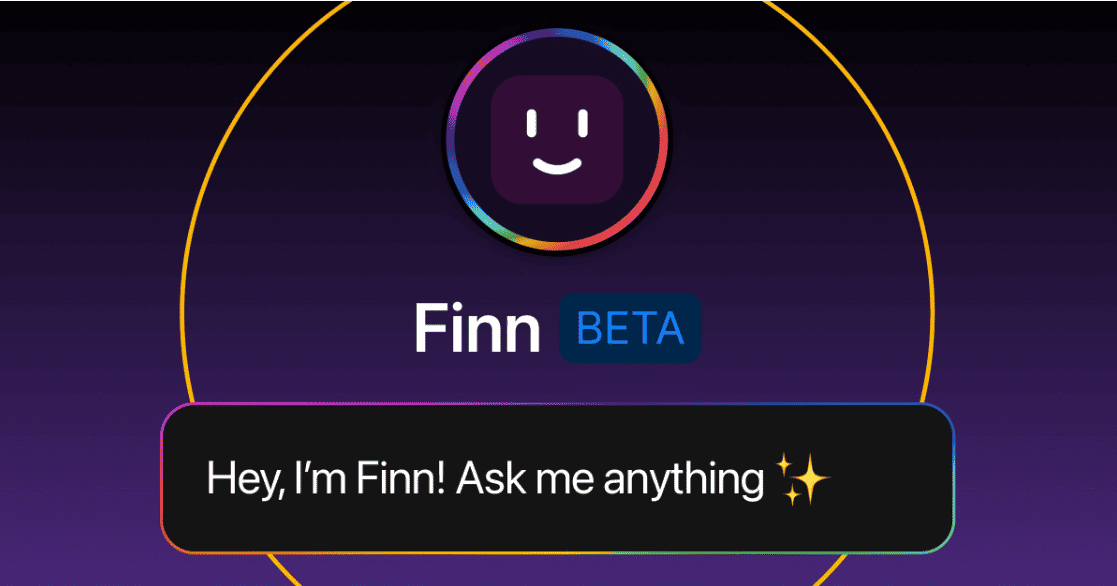
Bunq, a Dutch neobank, has recently introduced Finn, its proprietary generative AI platform. Finn is poised to revolutionize how users engage with their finances, providing personalized advice on spending, saving, and financial planning. It converses like an advisor, powered by a conversational AI interface reminiscent of OpenAI’s ChatGPT.
Why you need to know this:
As AI-driven banking, exemplified by bunq’s Finn, continues to reshape the financial landscape, understanding this technological evolution is crucial for staying informed about advancements that could redefine user experiences across various industries.
Bunq’s latest innovation, Finn, marks a significant leap in banking technology, offering a novel approach to managing personal finances. The platform’s deployment of generative artificial intelligence (AI) directly challenges the norms of digital banking. With a user base of 11 million across the European Union and an impressive growth in user deposits by 55 percent since July 2023, reaching €7 billion, bunq’s strategic move towards an AI-centric model is a clear indicator of the bank’s forward-thinking ethos.
Ali Niknam, the founder and CEO of bunq, has not shied away from expressing his enthusiasm for Finn, stating, “Years of AI innovation, coupled with laser focus on our users, allowed us to completely transform banking as you know it.” This transformation, according to Niknam, promises an “incredibly exciting” future for bunq’s clientele.
Understanding Finn’s capabilities

Finn’s introduction is set to replace the traditional search function within the bunq app, allowing for a more intuitive and interactive experience. Users can inquire about anything from their transaction history to financial advice, receiving responses that go beyond the capabilities of standard banking apps. For instance, questions about average monthly grocery expenditures or year-to-date spending at a specific retailer can be answered promptly and accurately, utilizing the power of large language models (LLMs).
Moreover, the AI can amalgamate various data points to provide insights on non-transactional queries. This includes recalling the name of a restaurant visited in a foreign city or the amount spent at a particular location on a given day. These advanced features position bunq as a pioneer in Europe’s AI-powered banking sector, drawing comparisons to tech giants like Google and Amazon for their strides in AI adoption.
bunq’s strategic moves and international aspirations
The launch of Finn aligns with bunq’s aggressive international expansion plans. The neobank’s recent fundraising of an additional €44.5 million and its application for a US banking licence with the Federal Deposit Insurance Corporation (FDIC) in New York underscore its ambitions to extend its reach beyond the European market.
Nonetheless, bunq’s expansion is not without challenges. Other neobanks in the UK, such as Revolut, Monzo, and Germany’s N26, have faced hurdles in their own efforts to penetrate the US market. Monzo withdrew its banking charter application, and N26 scaled back its US operations in 2021. However, bunq’s focus on AI-powered services might provide an edge in differentiating itself within the competitive landscape.

A glance at bunq’s roots and growth
bunq was founded in 2012 by Ali Niknam and has since become the second-largest neobank in the EU. It was the first bank in over 35 years to obtain a European banking permit and achieved profitability in 2022. The company’s user-focused approach has been instrumental in its rapid scale-up within the European banking sector.
With the introduction of Finn and its suite of new banking features, bunq is setting a new standard for what users can expect from their financial service providers. As the neobank continues to expand and innovate, the banking industry will undoubtedly watch closely to see how AI integration can redefine the user experience in financial services. bunq’s journey represents a bold step into the future of banking, where technology and user-centricity coalesce to create a more intuitive and empowering financial ecosystem.








